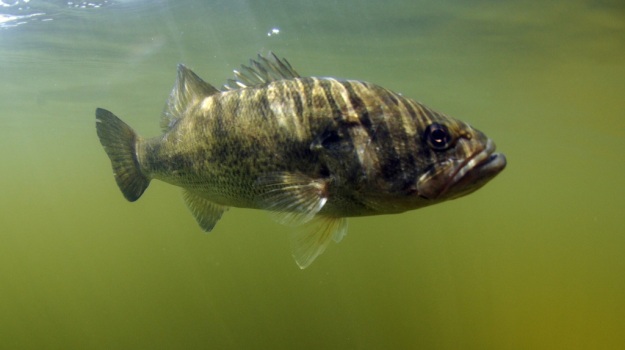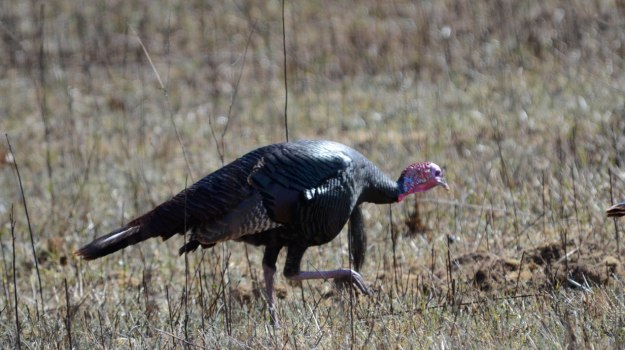
A proper pond fertilization program is the single-most, cost effective management tool available to the pond owner. Done correctly, a fertilization program can double or triple the food production for your pond, significantly impacting the growth/size and health of your fish population.
In the northern most states pond fertilization isn’t necessary. However, in the transitional states and throughout the South fertilization should begin during the spring when surface temperatures reach the low to mid 60s. You want to begin early enough, before the growth of pond weeds begin. Ideally you’ll create an algae bloom so the water doesn’t remain clear. If you wait too late in the spring to fertilize and the lake weeds have begun to grow, you’ll only serve to fertilize those weeds and noxious plants, creating a real management problem.
Increasing the fertility of your lake boosts the basis of the food chain, beginning with single-cell plankton algae. Water pH can influence how effective a fertilization program will be and many lakes will benefit from the application of agricultural limestone. A simple test can determine the alkalinity of your water. If the value is below 20 PPM your fertilization program will benefit from the addition of agricultural limestone.
There are numerous types of fertilizers that have been used over the years to fertilize lakes. The best of these is Perfect Pond Plus. It has an NPK ratio of 12-48-08 in addition to needed micronutrients. It dissolves instantly into the upper water column and in ponds less than 5 acres it can be broadcast from one location. This fertilizer is not only the most effective, but also the easiest to apply.
Precautions should be taken during summer fertilization. July through September is the peak of oxygen related fish-kills and you do not want to create an unsafe environment through over-fertilization. Where some managers schedule a date each month to fertilize, instead, when should be based off how their algae bloom looks. Measure the bloom with a “secchi disc” or a piece of white plastic on the end of a stick. During the summer if the visibility is less than 24 inches wait until the lake begins to clear before you fertilize again.
Do not over-fertilize or you’ll initiate an environment that has the potential to increase summer fish kills. If you’ve not fertilized your pond before, consult with a qualified fisheries biologist. You may also wish to consider an aeration system for your lake. Many reputable lake management companies can help, such as American Sport Fish. (AmericanSportFish.com or 800-524-0383)
This tip is courtesy of the GameKeepers Field Notes, a weekly wildlife and land management email newsletter produced by the Mossy Oak GameKeepers.
A GameKeeper by definition is someone who truly loves AND lives the land, the critters and nature…not just during hunting season but all the time. A GameKeeper wants to be outdoors every day and work the dirt while living their personal “obsession”.
Find out more about what makes a GameKeeper by visiting our website.




























